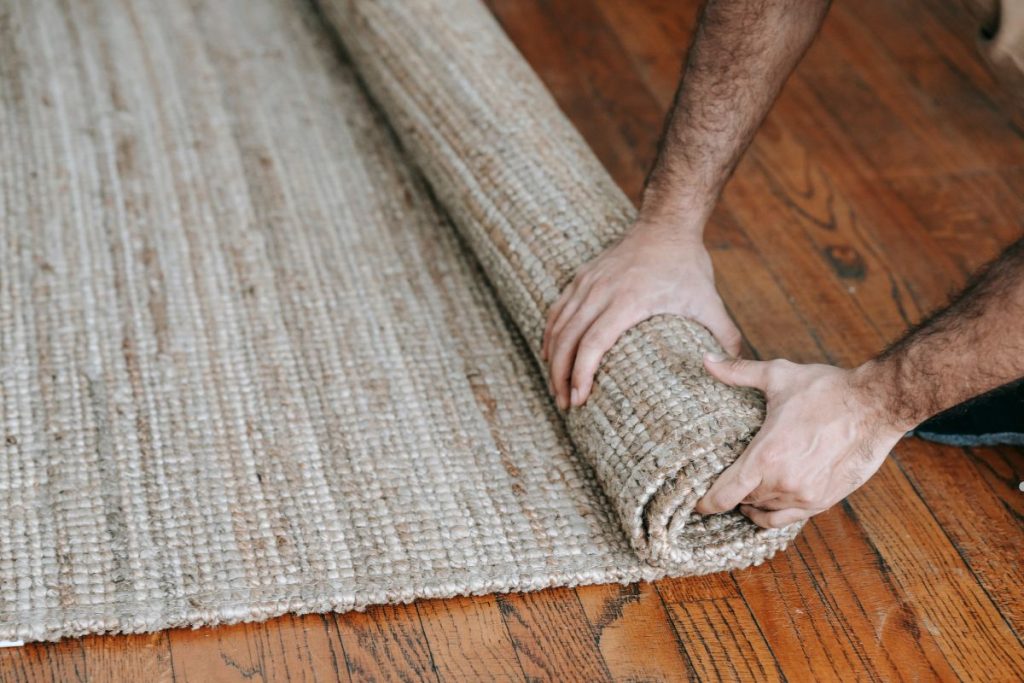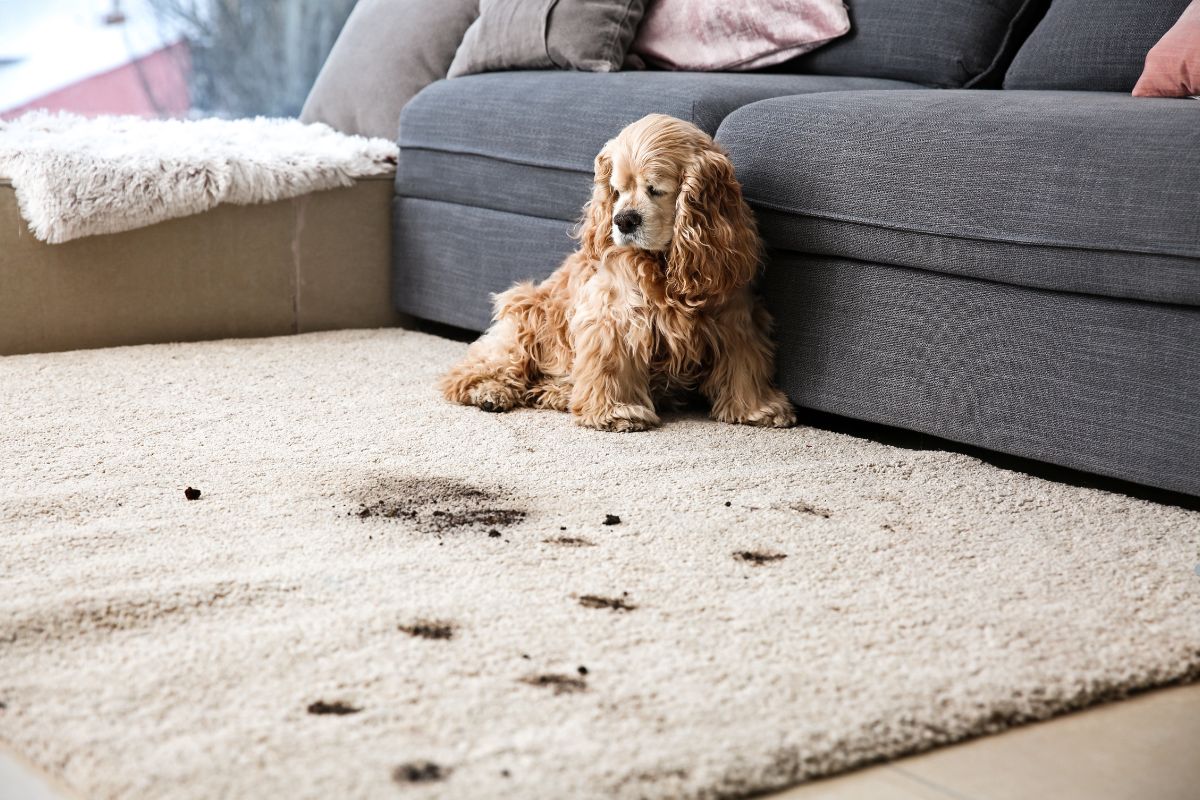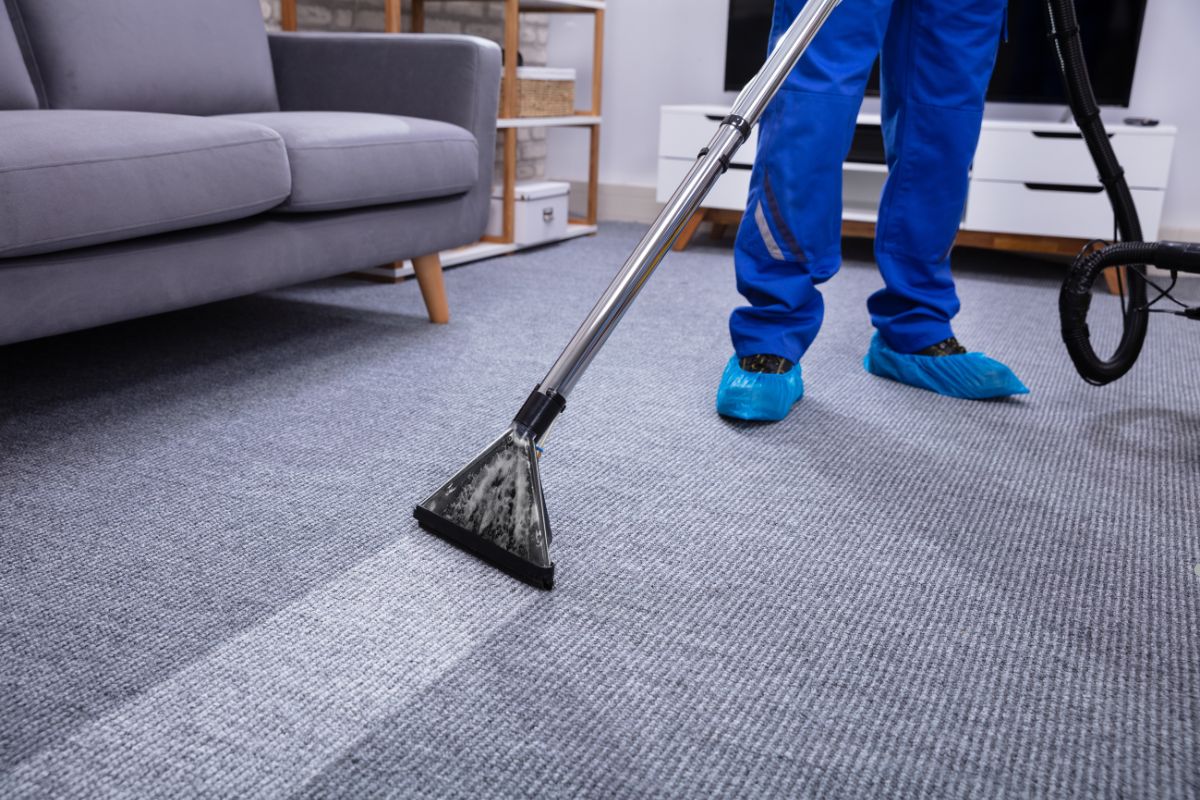
Yes, carpets can and often do carry germs. Carpets, with their fibers and textures, provide a welcoming environment for bacteria, viruses, mold, allergens, and other unwanted guests. The good news is that with the right cleaning and maintenance strategies, you can significantly reduce the germ load in your carpet and create a healthier home. Let’s dive into the details to understand the risks and how to combat them.
What Kind of Germs Might Be Hiding in Your Carpet?
Carpets provide warmth and comfort, but they can also trap microorganisms and allergens, affecting your home’s air quality. Here’s what could be hiding in your carpet fibers.Trust our service for a deep, professional clean!
- Bacteria: Common bacteria like Staphylococcus and E. coli can find their way into your carpet from shoes, pets, and spills. These bacteria can cause skin infections, gastrointestinal issues, and other illnesses.
- Viruses: Viruses, including the common cold and flu viruses, can survive on carpet surfaces for a limited time. Proper cleaning and disinfection are crucial to eliminating these threats.
- Fungi (Mold & Mildew): Moisture is the enemy of carpet. Damp carpets provide the perfect breeding ground for mold and mildew, which can trigger allergic reactions, respiratory problems, and other health issues. If you’ve experienced any water damage or spills, acting quickly is essential to prevent mold growth.
- Allergens: Dust mites, pet dander, pollen, and other allergens can accumulate in carpets, triggering allergies and asthma symptoms. Regular vacuuming and professional cleaning are essential for allergen control.
Why Carpets Become Germ Hotspots

Several factors contribute to the accumulation of germs in carpets:
- Moisture: Spills, humidity, and inadequate drying after carpet cleaning can create a damp environment that encourages microbial growth.
- Foot Traffic: Shoes track in dirt, bacteria, and other contaminants from the outside world, depositing them deep within the carpet fibers.
- Pet Dander: Pets shed dander, hair, and saliva, all of which can contain allergens and bacteria.
- Food Debris: Crumbs, spills, and other food particles provide a food source for bacteria and mold, further promoting their growth.
Don’t let dirt, allergens, and stains ruin your carpets! Our professional carpet cleaning services restore freshness and extend your carpet’s life. Call us now for a deep, thorough clean and a healthier home!
Health Risks Associated with Dirty Carpets
The germs and allergens residing in dirty carpets can pose a variety of health risks, especially for vulnerable individuals such as children, the elderly, and those with pre-existing conditions:
- Allergies & Asthma: Carpet allergens can trigger allergic reactions, such as sneezing, runny nose, itchy eyes, and skin rashes. They can also exacerbate asthma symptoms, leading to wheezing, coughing, and shortness of breath.
- Skin Irritation: Direct contact with dirty carpets can cause skin irritation, rashes, and eczema flare-ups.
- Respiratory Problems: Mold and mildew in carpets can release spores into the air, which can cause respiratory problems, such as coughing, wheezing, and difficulty breathing.
- Compromised Immunity: Prolonged exposure to germs and allergens can weaken the immune system, making you more susceptible to infections and illnesses.
Effective Strategies for a Germ-Free Carpet
Fortunately, there are several effective strategies for minimizing germs and allergens in your carpet:
- Regular Vacuuming (with HEPA filter): Vacuuming at least twice a week with a vacuum cleaner equipped with a HEPA filter can remove surface dirt, dust, and allergens. HEPA filters trap even the smallest particles, preventing them from being recirculated into the air.
- Professional Carpet Cleaning: Professional carpet cleaning uses powerful equipment and specialized cleaning solutions to remove deeply embedded dirt, stains, and germs that regular vacuuming can’t reach. Schedule a professional cleaning at least once or twice a year.
- Spot Cleaning: Clean up spills and stains immediately to prevent them from soaking into the carpet fibers and becoming a breeding ground for bacteria and mold. Use a dedicated carpet cleaner or a solution of mild soap and water.
- Controlling Moisture: Address any sources of moisture, such as leaks or humidity, to prevent mold and mildew growth. Use a dehumidifier in damp areas.
- Using Carpet Sanitizers: Consider using a carpet sanitizer or disinfectant to kill germs and bacteria. Always follow the manufacturer’s instructions carefully.
Carpet Alternatives: Are There More Hygienic Options?

While carpets offer comfort and style, some flooring options may be easier to keep clean and hygienic. Hardwood, tile, and laminate floors are less porous than carpets, making them less likely to trap dirt, allergens, and germs. These surfaces can be easily cleaned with a mop or vacuum, reducing the risk of microbial growth. However, carpets are generally softer, which provides comfort and minimizes fall injuries. If you have allergy concerns consider discussing your flooring option with a professional.
What the Experts Say About Carpet and Germs
According to the Environmental Protection Agency (EPA), maintaining good indoor air quality requires regular cleaning and maintenance of carpets.The CDC recommends regular vacuuming and professional cleaning to remove allergens and reduce the risk of respiratory problems. Consulting with a professional cleaning service can provide tailored advice and effective cleaning solutions for your specific needs.
Maintaining a Healthy Home Starts Underfoot
While carpets can harbor germs and allergens, regular cleaning, proper maintenance, and proactive measures can significantly reduce these risks. By implementing the strategies outlined in this article, you can create a healthier and more comfortable home environment for yourself and your family.
Don’t let hidden contaminants affect your health! Call us now for professional carpet cleaning and a fresher, healthier home.
Frequently Asked Questions About Carpet and Germs
Is it safe to have carpet with kids and pets?
Yes, it is generally safe to have carpet with kids and pets, as long as you maintain good hygiene practices, such as regular vacuuming, spot cleaning, and professional cleaning. Choose low-pile carpets and consider using stain-resistant and antimicrobial treatments.
How often should I professionally clean my carpets?
Most experts recommend professionally cleaning your carpets at least once or twice a year, depending on the amount of traffic and the presence of pets or allergies.
Can I use bleach to clean my carpet?
Bleach is generally not recommended for cleaning carpets, as it can damage the fibers and cause discoloration. Use a dedicated carpet cleaner or a solution of mild soap and water.
Does steam cleaning kill germs in carpet?
Yes, steam cleaning can effectively kill germs and bacteria in carpets, as the high temperature of the steam can destroy microorganisms.
What type of vacuum cleaner is best for removing germs from carpet?
A vacuum cleaner equipped with a HEPA filter is the best choice for removing germs and allergens from carpets. HEPA filters trap even the smallest particles, preventing them from being recirculated into the air.
Dirty carpets can harbor allergens, bacteria, and stains, affecting your home’s cleanliness and air quality. Refresh your space with professional carpet cleaning! Contact us today for a deep, thorough clean and a healthier home.

